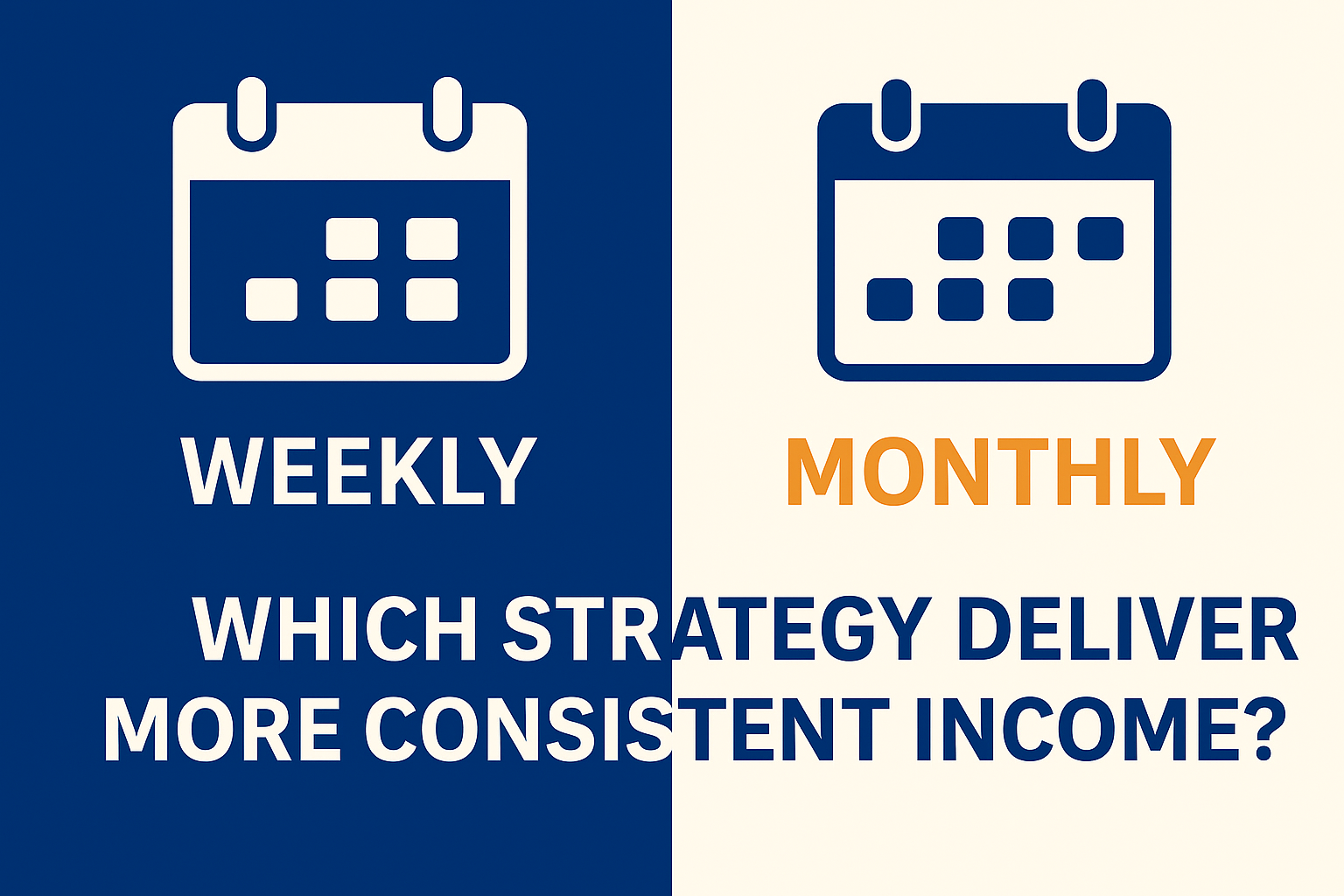Bull Put Spread vs Bear Call Spread: Ultimate Options Selling Strategies for Consistent Profits (with Real Examples)
“In trading, it’s not about being right. It’s about being prepared.”
When it comes to generating consistent income through options selling, two of the most popular strategies are Bull Put Spread and Bear Call Spread. These are both credit spreads, meaning traders receive a premium upfront and profit when the options expire worthless.
In this post, we’ll break down Bull Put Spread vs Bear Call Spread with clear definitions, examples, and pros & cons so you can choose the right strategy at the right time.
Also Read: Consistent income through options selling
While they may sound similar, they’re designed for different market conditions. Understanding when and how to use them effectively can make a huge difference in your trading results.
What is a Bull Put Spread?
A Bull Put Spread is a bullish option strategy created by selling a higher strike put option and buying a lower strike put option of the same expiry. This strategy profits when the underlying asset stays above the sold put strike price.
🧠 Example:
- Sell 17500 PE (Premium received ₹60)
- Buy 17300 PE (Premium paid ₹25)
👉 Net Premium Received (60-25) = ₹35
👉 Maximum Profit = ₹35 (if index stays above 17500)
👉 Maximum Loss = Difference between strike prices minus premium received = ₹(200 – 35) = ₹165 (if index falls below 17300)
✅ When to Use:
- When you’re bullish or neutral to bullish on the market
- In range-bound or slowly rising markets
- During low volatility conditions or after a correction
What is a Bear Call Spread?
A Bear Call Spread is a bearish option strategy created by selling a lower strike call and buying a higher strike call of the same expiry. This strategy profits when the underlying asset stays below the sold call strike price.
🧠 Example:
- Sell 17800 CE (Premium received ₹45)
- Buy 18000 CE (Premium paid ₹15)
👉 Net Premium Received (45-15) = ₹30
👉 Maximum Profit = ₹30 (if index stays below 17800)
👉 Maximum Loss = ₹(200 – 30) = ₹170 (if index rises above 18000)
✅ When to Use:
- When you’re bearish or neutral to bearish on the market
- In sideways or slightly falling markets
- During high volatility or when resistance levels are strong
Key Differences: Bull Put Spread vs Bear Call Spread
| Feature | Bull Put Spread | Bear Call Spread |
|---|---|---|
| View | Bullish | Bearish |
| Options Involved | Sell Put + Buy Lower Put | Sell Call + Buy Higher Call |
| Premium Credit or Debit? | Credit | Credit |
| Risk | Limited | Limited |
| Reward | Limited | Limited |
| Break-Even Point | Strike Price (Sold Put) – Net Premium | Strike Price (Sold Call) + Net Premium |
| Market Condition | Rising or Range-bound | Falling or Range-bound |
Which Strategy is Better for You?
There is no one-size-fits-all strategy. Choosing between a Bull Put and a Bear Call depends on your market bias, volatility outlook, and risk appetite.
💡 Use Bull Put Spread when:
- You believe the market or stock won’t go below a certain level
- You’re looking for higher Theta (time decay benefit)
- You want to take advantage of stable or rising prices
💡 Use Bear Call Spread when:
- You expect prices to remain under resistance levels
- You’re cautious of sharp upside moves
- You want to protect your capital while still generating income
Pros and Cons of Each Strategy
✅ Bull Put Spread Pros:
- Higher Theta decay benefit
- Often better risk-reward in stable markets
- Less impacted by volatility spikes
❌ Bull Put Spread Cons:
- Vulnerable to sharp market drops
- Can be risky near major support breakdowns
✅ Bear Call Spread Pros:
- Suitable in volatile or bearish scenarios
- Can be placed far OTM with lower deltas
- Limited risk with predefined loss
❌ Bear Call Spread Cons:
- Lesser premium compared to put side
- Quick market rallies can hurt the position
Conclusion: Know the Bias, Choose the Spread
Both Bull Put Spread vs Bear Call Spread are powerful tools in the option seller’s playbook. What sets successful traders apart is their ability to analyze market sentiment, identify support/resistance zones, and then apply the right strategy with correct position sizing.
So next time you ask, “Which spread should I use?” — start by asking yourself:
👉 Am I bullish, bearish, or neutral?
👉 What’s the volatility like?
👉 Where are support and resistance levels?
Let the market bias guide your strategy — and let discipline drive your execution.






